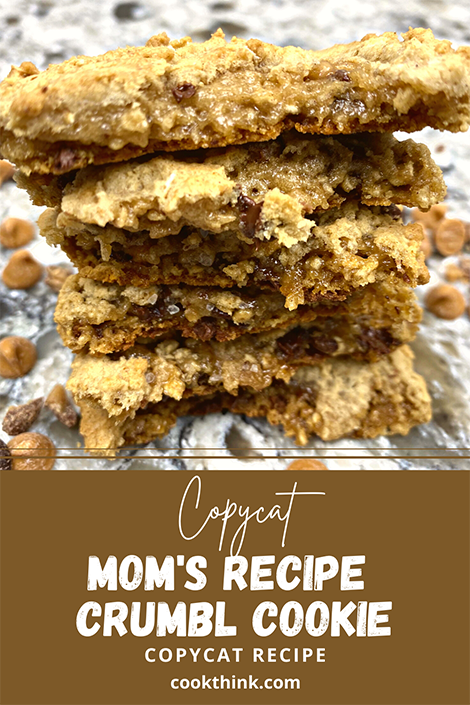Knowing how many tablespoons in a cup can be valuable when scaling recipes up or down. Perhaps you want to make half a batch of cookies but you don’t know how many tablespoons are in a cup. We’ll help you learn how to calculate this, plus we’ll provide a FREE downloadable measurement conversion chart.
The short answer to how many Tablespoons are in one cup is that there are 16 Tablespoons in 1 cup, or 1 cup is equal to 16 Tablespoons.
Now, let’s look at more details on measurement conversion.
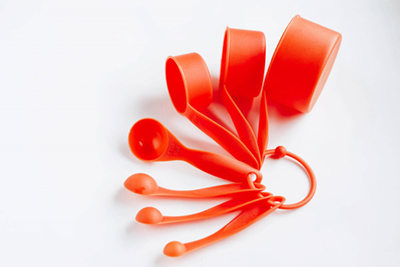
What is a cup?
A cup is a unit of measurement used for measuring volume as a part of the Imperial System. A cup can be used to measure liquid or dry ingredients for cooking and baking.
Size of a cup
A cup is equivalent to 16 tablespoons, or 8 fluid ounces.
What is a tablespoon?
A tablespoon is a large spoon used as a volume measurement for liquid or dry ingredients as a part of the Imperial System. It is equal to 3 teaspoons.
How many tablespoons in a cup?
There are 16 tablespoons in a cup.
How to convert tablespoons to cups
To convert tablespoons to cups you’ll want to know that there are 16 tablespoons in a cup.
tablespoons to cups conversion formula:
cup=tablespoon *0.0625
cup=tablespoon/16
Can I convert liquids from cups to spoons this way? Yes, this conversion is the same for both liquid and dry ingredients.
How many tablespoons in a cup? – ⅛, ¼, ⅓, ½, ⅔, ¾, & 1 cup conversions
It’s important to know how many tablespoons are in a cup and various other fractions of a cup as simple baking conversions. These come in handy when scaling recipes up or down. Here are the conversions.
1 cup = 16 tablespoons
¾ cup = 12 tablespoons
2/3 cup = 10 tablespoons + 2 teaspoons
½ cup = 8 tablespoons
1/3 cup = 5 tablespoons + 1 teaspoon
¼ cup = 4 tablespoons
1/8 cup = 2 tablespoons
FREE Printable Conversion Chart
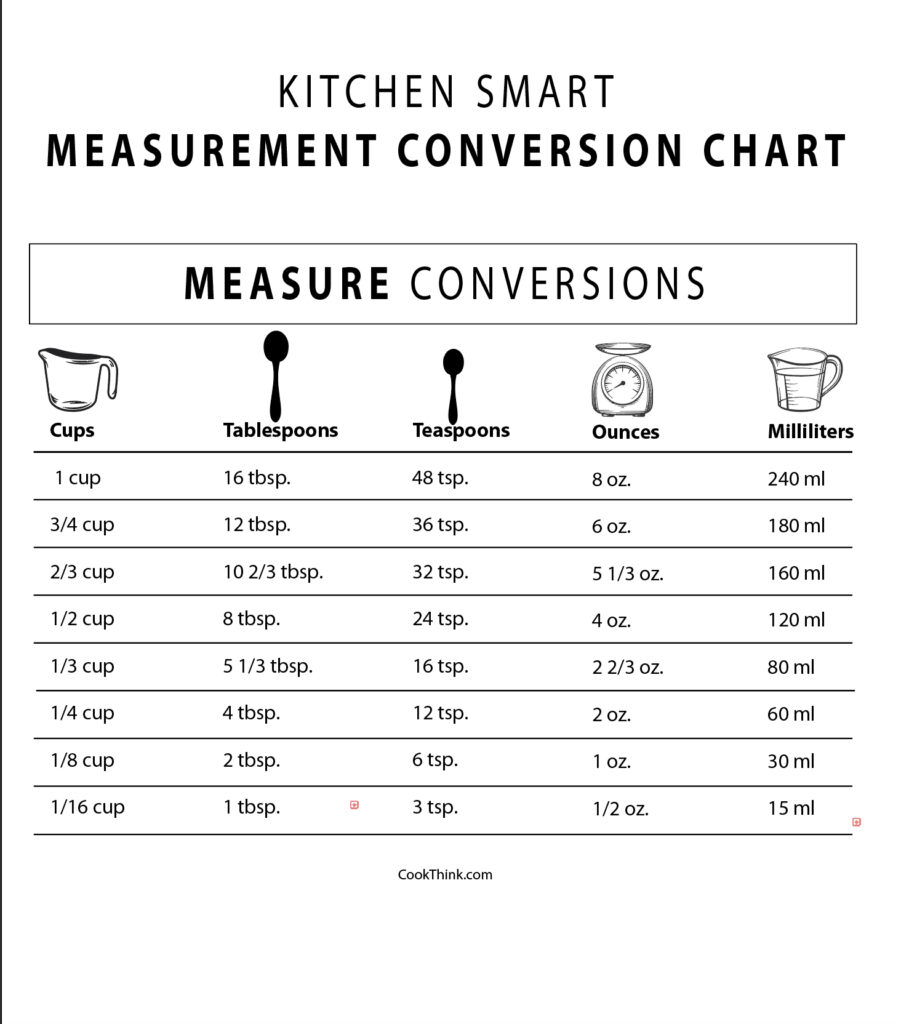
To receive your FREE instant download conversion chart, please submit your email address below:
The delivery of our FREE printable download will be directly emailed to your desktop or mobile device. You’ll need to click the download button and then the PDF printable download will begin. And you can print to a printer directly from your desktop or mobile device.
FAQ: Frequently Asked Questions
Following are frequently asked questions about how many tablespoons in a cup. If you have additional questions that are not asked here, please drop them in the comments box below and we’ll respond.
How many dry tablespoons are in a cup?
There are 16 tablespoons in a cup, regardless of whether the ingredients are wet or dry.
How many tablespoons are in a 1/4 cup?
There are 4 tablespoons in ¼ cup.
How many tablespoons in 1/2 cup?
There are 8 tablespoons in ½ cup.
How many tablespoons in 1/3 cup?
There are 5 tablespoons, plus 1 teaspoon in 1/3 cup.
How many tablespoons in 2/3 cup?
There are 10 tablespoons, plus 2 teaspoons in 2/3 cup.

1/8 cup to oz
1/8 cup is equivalent to 1 fluid ounce.
1/4 cup to oz
¼ cup is equivalent to 2 fluid ounces.
1/2 cup to oz
½ cup is equivalent to 4 fluid ounces.
1 cup to oz
1 cup is equivalent to 8 fluid ounces.
2 cups to oz
2 cups is equivalent to 16 fluid ounces.
What is an eighth of a cup?
There are 2 tablespoons in 1/8 cup. One-eighth cup is equivalent to 1 fluid ounce, or 29.57 milliliters.
How many cups is 8 tbsp?
8 tablespoons is equivalent to ½ cup.
How many tablespoons in an eighth of a cup?
There are 2 tablespoons in 1/8 cup.
Does 8 tbsp equal 1 cup?
No, 8 tablespoons equals ½ cup. 16 tablespoons is equivalent to a whole cup.
How do you measure 1/8 of a cup?
1/8 of a cup is the same as: half of ¼ cup, 2 tablespoons, or 1 fluid ounce.
What is 1/8 of a cup in tablespoons?
2 tablespoons is equivalent to 1/8 of a cup.
What is 3 tablespoons equal to in cups?
3 tablespoons is equal to 0.1875 cups.
What are three eighths of a cup?
There are 6 tablespoons in 3/8 cup. Three-eighths cups is equivalent to ¼ cup plus 2 tablespoons, 89 milliliters, or 3 fluid ounces.
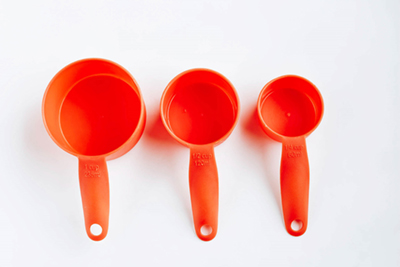
Does 8 tbsp equal 1 cup?
No, 8 tablespoons is equal to ½ cup. You need 16 tablespoons to equal 1 cup.
Do 16 tbsp equal 1 cup?
Yes, 16 tablespoons is equivalent to 1 cup. There are 16 tablespoons in a cup.
What is 10 tablespoons equal to in cups?
10 tablespoons is equivalent to 0.625 cups.
Do 2 tsp make 1 tbsp?
No, you need 3 teaspoons to make the equivalent of 1 tablespoon.
How much is 4 cups?
There are 64 tablespoons in 4 cups. Four cups is equivalent to 1 quart, 946 milliliters, or 32 fluid ounces.
How many teaspoons in a tablespoon?
There are 3 teaspoons in a tablespoon. To convert teaspoons to tablespoons, divide by three.
For example, if you want to convert 6 teaspoons to tablespoons, you would need to divide 6/3=2. 6 teaspoons is equal to 2 tablespoons.
How can I convert tablespoons to teaspoons?
To convert tablespoons to teaspoons, you’ll want to multiply the number of tablespoons by 3.
For example, if you want to convert 2 tablespoons of sugar to teaspoons, you would need to multiply 2*3 = 6 teaspoons. 2 tablespoons is equal to 6 teaspoons.
How do I convert from cups to ounces?
If you’re converting liquid ingredients the conversion is quite straightforward. There are 8 fluid ounces in a cup. So, you can multiply by 8 to find the answer.
For example, you can convert ½ cup to ounces by multiplying by 8. Therefore ½ * 8 = 4. There are 4 ounces in ½ cup. Or ½ cup is equivalent to 4 ounces.
How many tablespoons are in a stick of butter?
There are 8 tablespoons in a stick of butter. A stick of butter is equal to ½ cup.
Most brands of butter that is formed into sticks have the tablespoons marked off to simplify cutting off the appropriate measurement when baking or cooking and the basic tablespoon conversions are done for you.
Should I sift my flour?
The ultimate purpose of sifting flour used to be to remove any kernels of wheat that were left in the batch after processing, or to remove any pests. Processing flour has become refined over time that sifting it to remove kernels is no longer necessary.
The purpose of sifting flour present day is to remove any clumps your flour might have and add air into the flour. If your recipe calls for sifted flour and you don’t sift it, it’s possible that you’ll add more flour than needed because it will be denser. This could result in potentially making the item too dry. So sifting flour is recommended if that’s what the recipe calls for.
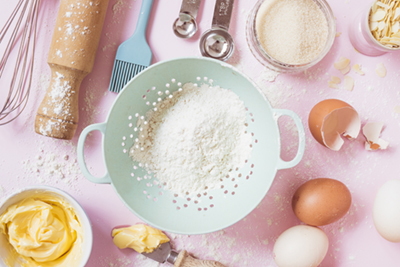
My recipe calls for a dash—how much is that?
How much is a dash, pinch, and smidgen? Your recipe might call for a dash of salt, a pinch, or a smidgen. How much is each of these? You’ll want to know so that your recipe turns out delicious. Here are the measurements.
Dash = 1/8 teaspoon
Pinch = 1/16 teaspoon
Smidgen = 1/32 teaspoon
Cup and tablespoon conversions
Following is our cups and tablespoons reference chart for your convenience. Use this when scaling your recipe up or down or when necessary to know the tablespoon equivalent for cups.
Tips for new bakers on measuring:
Below we’ve included tips for how to measure ingredients properly. Be sure to follow each one for a successful outcome to your recipe.
Are dry and wet measurements the same?
What is the difference between dry and wet measurements? They’re the same when measuring 1 cup = 16 tablespoons. Technically speaking, dry and wet measuring cups and spoons hold the same volume. However, measurements for liquid as opposed to dry are each specially designed to measure its respective ingredients.
How to measure liquids
The proper way to measure liquids is to fill the measuring device level with the appropriate line on a multi graded measuring tool. It is fine to eyeball it to confirm that it is accurately measured.
For example, if you’re measuring 1 cup of water with a 1 cup measuring cup, you’d fill it to the top.
How to measure solids
The proper way to measure dry ingredients is to fill the measuring device heaping with its contents, then use the back of a knife to level the ingredients.
For example, if measuring 1 cup of flour, you’d want to fill the 1 cup measuring cup heaping with flour, then use the back if your knife to level the flour with the top of the measuring cup.
If dry ingredients are not measured properly, this can cause your recipe to have too much or too little of the specified ingredient and will alter its outcome.
Measuring Liquid vs. Dry Ingredients in a Tablespoon
In measuring a small amount of liquid ingredient or dry ingredient, using a tablespoon is appropriate when your recipe calls for it.
In measuring liquids by volume using a tablespoon, simply fill the tablespoon with the liquid.
When measuring a dry ingredient using a tablespoon, fill the tablespoon heaping, then use the back of a knife to level it off for proper measurement.
Tablespoon vs Dessert Spoon
A dessert spoon is larger than a teaspoon, but a tad smaller than a tablespoon. What Is a Dessert Spoon? It is used for eating dessert and is used in a place setting. A dessert spoon size is the equivalent to 2 teaspoons.
A teaspoon is properly used for mixing the contents of a cup or a glass such as tea.
A tablespoon is properly used for serving food in a serving dish, not as a place setting.
How Many Dessert Spoons in a Tablespoon?
1 tablespoon is equal to 1.25 dessert spoons.
The US Customary System (USCS)
The US Customary System is the English system of units used to measure volume, weight, and distance in the United States. It was adopted in the 1800’s.
The units of measurement of the USCS are similar to their Imperial counterparts, but there are also significant differences.
The US Legal Cup
The US Legal Cup is used for nutrition labeling by the FDA. It is the measurement used in cooking units, serving sizes, and nutrition labeling and packaging. One US Legal Cup is equivalent to 8 fluid ounces.
Metric Cup & Imperial Cup
A metric cup is a measurement that is a part of the metric system, but isn’t a part of the International system of units. One metric cup equals 8.45 US fluid ounces, whereas the Imperial cup equals 8 fluid ounces. Therefore, the Metric cup is slightly larger than the Imperial cup.
Imperial System vs Metric System
The Imperial System and the Metric System are two different units of measurement that are used to measure things like weight, volume, and distance.
In considering the Imperial vs Metric, we note that the United States uses the Imperial System of measurement and units of measure include cups, tablespoons, teaspoons, quarts, gallons.
On the other hand, much of the rest of the world uses the Metric System of measurement and units of measure include fluid ounces, grams, milliliters, liters.
In what countries are tablespoons and cups different?
The use of cups is mainly confined to the United States and Canada in modern day cooking and baking.
Do all countries use cups?
No, not all countries use cups. The United States uses cups as a part of its Imperial Measurement system. However, much of the rest of the world uses the metric system which refers to fluid ounces instead of cups.
Tablespoons in a Cup
Although tablespoons and cups are not generally comparable, you can convert how many tablespoons are in one cup quite easily. The simple answer is that there are 16 Tablespoons in 1 cup.
Save to Pinterest
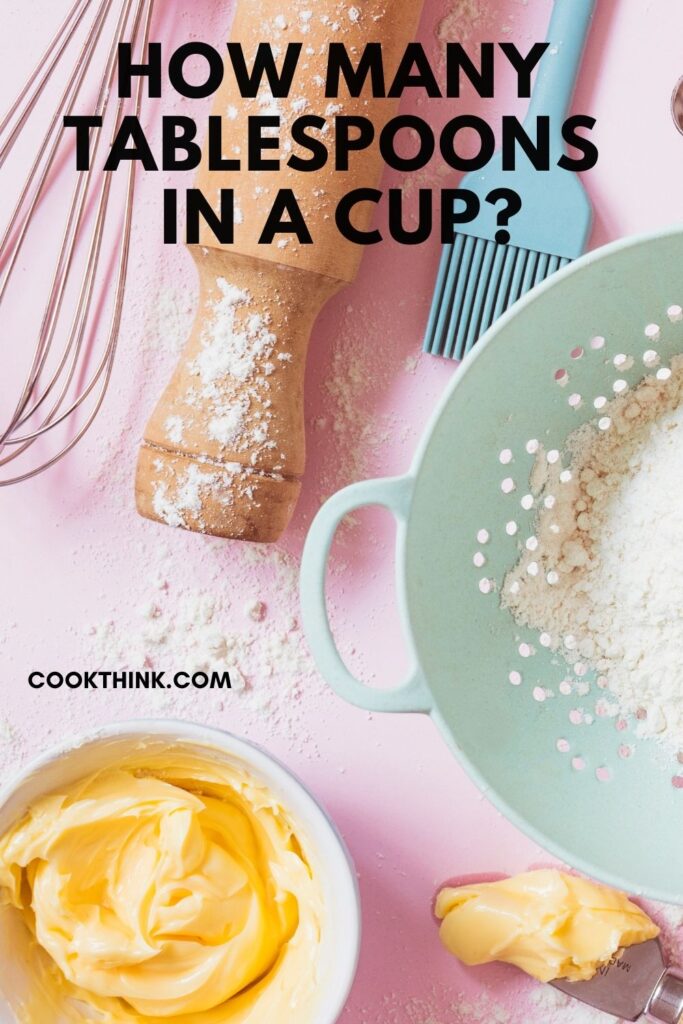
Delicious Recipes
Follow us on social media:
For more posts like this one, follow us on Pinterest, Facebook, Instagram and YouTube.


